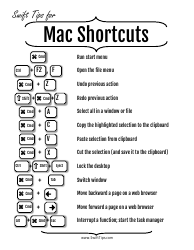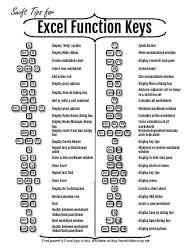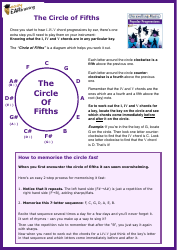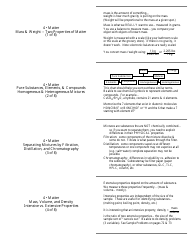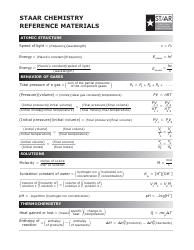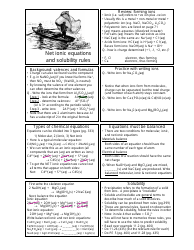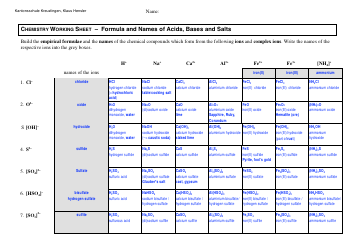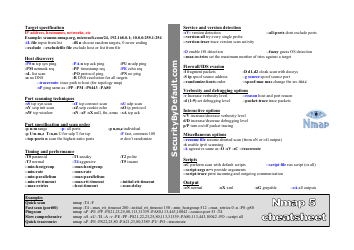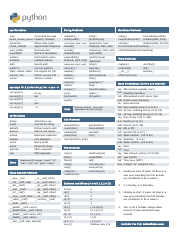Computational Complexity Cheat Sheet
The Computational Complexity Cheat Sheet is a document that provides a concise summary of key concepts and results in the field of computational complexity theory. It is used as a quick reference guide for researchers, students, and practitioners working in computer science and related fields. It helps in understanding the difficulty and efficiency of solving different types of computational problems.
FAQ
Q: What is computational complexity?
A: Computational complexity refers to the study of how the time or space requirements of a algorithm or problem scale with the input size.
Q: What are some commonly used notations for measuring computational complexity?
A: Some commonly used notations for measuring computational complexity are Big O, Omega, and Theta.
Q: What does Big O notation represent?
A: Big O notation represents the upper bound or worst-case scenario for the time complexity of an algorithm.
Q: What does Omega notation represent?
A: Omega notation represents the lower bound or best-case scenario for the time complexity of an algorithm.
Q: What does Theta notation represent?
A: Theta notation represents both the upper and lower bounds for the time complexity of an algorithm, indicating that it is tight.
Q: What is the time complexity of a constant time algorithm?
A: The time complexity of a constant time algorithm is O(1), which means it takes the same amount of time regardless of the input size.
Q: What is the time complexity of a linear time algorithm?
A: The time complexity of a linear time algorithm is O(n), which means the time it takes to run increases linearly with the input size.
Q: What is the time complexity of a logarithmic time algorithm?
A: The time complexity of a logarithmic time algorithm is O(log(n)), which means the time it takes to run increases logarithmically with the input size.
Q: What is the difference between P and NP problems?
A: P problems can be solved in polynomial time, while NP problems may require exponential time to solve.
Q: What is the P vs NP problem?
A: The P vs NP problem asks whether all problems for which solutions can be verified in polynomial time can also be solved in polynomial time.




